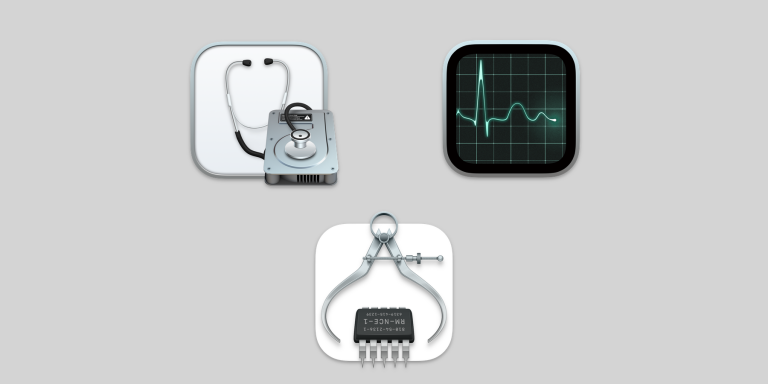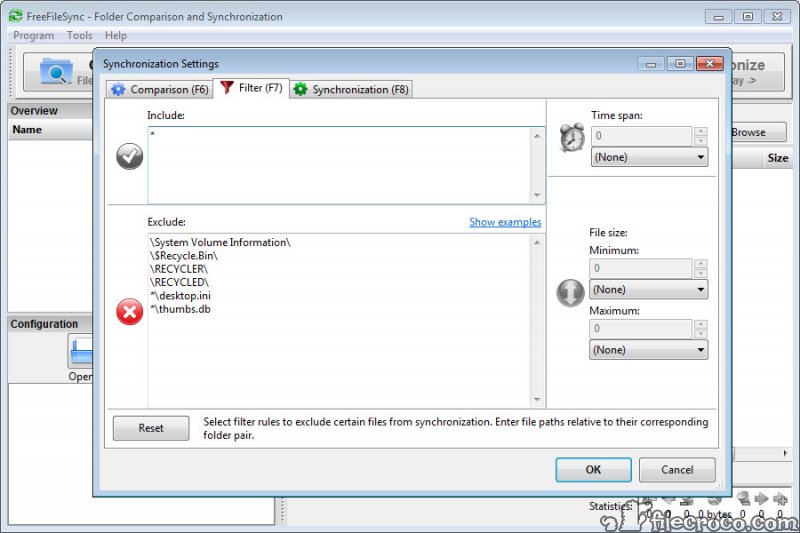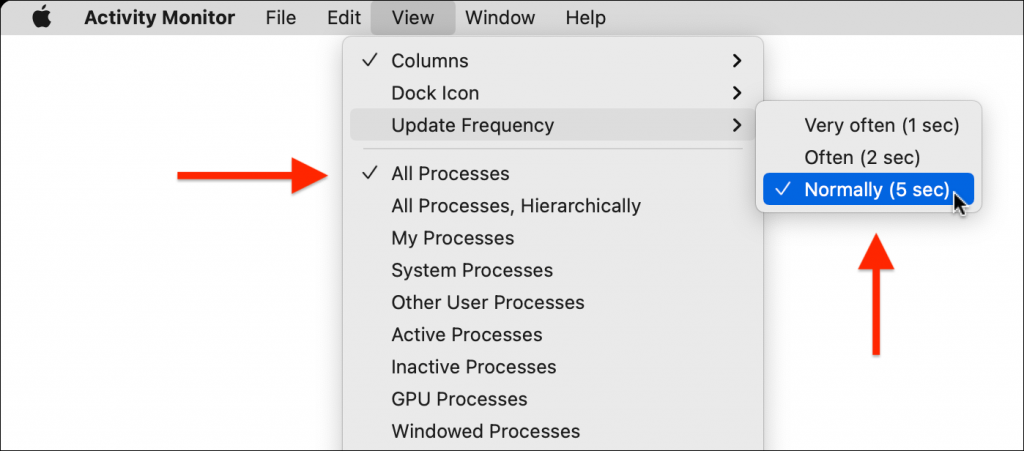

- Freefilesync running vey slow on mac update#
- Freefilesync running vey slow on mac full#
- Freefilesync running vey slow on mac software#
- Freefilesync running vey slow on mac free#
- Freefilesync running vey slow on mac mac#
Now, from the app’s Window menu, open a browser. You’ll see the same contents as in the Finder.
Freefilesync running vey slow on mac free#
If you want to follow this along live on your Mac, open my free app Cirrus, use the Open command in the File menu and select iCloud Drive. It’s a figment of the Finder’s imagination, an illusion. But when you look for the location of iCloud Drive in Terminal, for example, it simply doesn’t exist.
Freefilesync running vey slow on mac software#
If Time Machine or any other backup software were to try backing this folder up, there’s only one file, Untitled 2.numbers, which would be copied into its backup. Apple doesn’t explain how macOS makes such decisions.Īccess to files in iCloud Drive is made very simple in the Finder.įor example, all the Numbers spreadsheets I have stored in iCloud are listed in the Numbers folder in iCloud Drive, almost all showing the icon which indicates they have been evicted from local storage. Even when you keep ample free space on local storage, hundreds of GB perhaps, you’ll find that macOS quietly evicts files which haven’t been accessed for a long time. If you want instant access to any documents in iCloud Drive, you shouldn’t enable storage optimisation, although in the past (at least) that hasn’t made much difference, in that iCloud evicted old documents even when optimisation wasn’t enabled.Īnother important consideration is that your view of the need to evict documents will always be different from that of macOS. The first and most important lesson is that evicted documents can’t be backed up locally. So as a backup it’s useless, and is normally not backed up at all. In particular, if it’s copied into a backup, it can’t recreate the data in the document.
Freefilesync running vey slow on mac full#
However, as the stub file is just a special form of link to the full file in iCloud, it can’t fulfil many of the original’s functions. Stub files are typically less than 200 bytes in size, so result in the freeing of significant storage space. (which may be the remains of a stub file from an older version of iCloud). and, in some cases, another stub file named. Instead of MyDocument.extn, your Mac’s local file system contains the stub named. When that happens, the Finder marks them with the familiar icon consisting of a cloud with a downward arrow.Įvicted documents don’t exist locally, but macOS keeps a stub file in their place. As we know well, that means that some docs will no longer be stored locally, but ‘evicted’ to iCloud. Older documents will be stored only in iCloud when space is needed.”Īs this appears to make good sense, and in some cases becomes essential to cope with all the files stored in iCloud, it hands over control of iCloud Drive to macOS.
Freefilesync running vey slow on mac mac#
“The full contents of iCloud Drive will be stored on this Mac if you have enough space. This synchronisation becomes more complicated when storage optimisation is enabled, for instance by ticking the box to Optimise Mac Storage in the iCloud section of the Apple ID pane.
Freefilesync running vey slow on mac update#
When you change the copy in iCloud Drive using a different Mac or device, background processes download the changed document to update your local copy. When you make a change in the local copy, background processes upload the changed document to update the copy in iCloud Drive. In this article, I deal only with the first two of those, and defer examination of iCloud’s databases until I’m feeling strong enough.Īt its simplest, documents stored in iCloud Drive consist of two copies, one kept locally, and the other in iCloud.


specially-secured shared databases like Keychain.shared databases for apps like Contacts and Notes,.app documents stored in app-specific folders in iCloud Drive,.user documents stored in user folders in iCloud Drive,.What appears to be a single cloud service actually handles quite different types of data: The basics of iCloud are complicated enough on their own. In this article, I look at such a collision which can have serious consequences: iCloud and backups. Unfortunately when several systems that just work through illusions are brought together, the result can just fail, and the illusions prevent explanation. In order for things to just work, macOS often creates an illusion, like Time Machine’s local snapshots and backups. A lot of macOS is designed to ‘just work’, and generally it does.


 0 kommentar(er)
0 kommentar(er)
